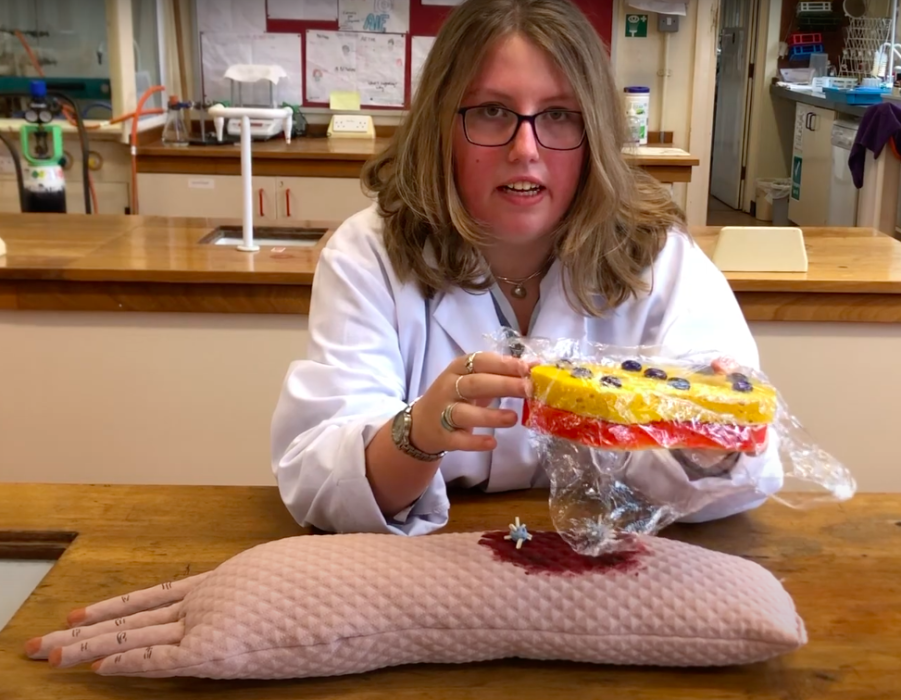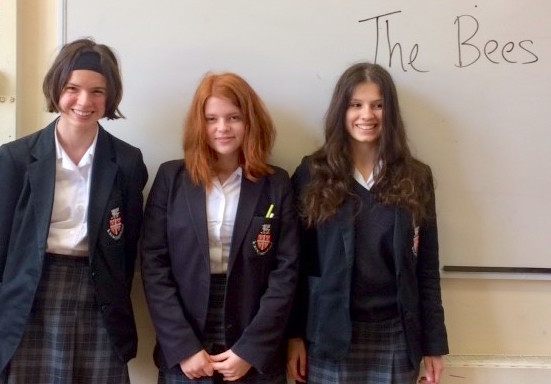Kingswood School’s Year 11 and Year 13 teams reached the National Finals at the Big Bang Competition, each exhibiting their projects through five-minute long videos for the Intermediate Science and Senior Science categories respectively.
The competition is open to schools across the UK, and recognises young people’s achievements in all areas of STEM. Although the three-day National Finals event had to be cancelled due to the Coronavirus, finalists were invited to present their project in a short video, following which teams were rewarded based on their skills and project-based work.
As committed environmentalists as well as enthusiastic chemists, the Year 11 team aimed to tackle two global issues through their project, plastic pollution and homelessness.
“We were very keen to find an ethical use for unwanted plastics and, as there is a serious problem with homelessness in Bath, we wanted to find a use which could potentially help rough sleepers cheaply and effectively,” explained Dr Jenny Wood (Head of Science), who over saw the Y11 group project.
The result was an emergency blanket, improved with un-recyclable plastics, increasing the heat retention, comfort and durability of traditional emergency foil blankets. The team tested their own prototype whilst participating in the Big Bath Sleep Out, a fundraising event which challenges Bath residents to sleep out for one night and help raise vital funds for homeless people in the process.
The Year 13 project, meanwhile, achieved the Runners-Up spot in the Intermediate Science category. “We recognised a need for the effective treatment of wounds in the hours and days after a disaster event,” said Year 13 pupil Ella part of the ‘Plasters for Disasters’ group.
The Year 13 Chemistry Research group also found success at the National Finals with their ‘Plasters for Disasters’ project, a technologically advanced wound dressing for emergencies. By looking at past natural disasters, such as the 2010 earthquake in Haiti, the group was able to understand the attributes necessary for a wound dressing to alleviate the risk of infection in a real-life situation.

Seeking to reduce the pressure on emergency services on site after a natural disaster, the group designed an affordable and reliable solution to common wounds. The dressing’s capacity to give indication of infection reduces the frequency at which the dressing has to be changed, limiting the possibility of new infections and eliminating the need for medical diagnosis.
Through research and a series of trial and error prototypes, the team was able to find successful alternatives for materials, making the wound dressing suitable for a real-life situation.


